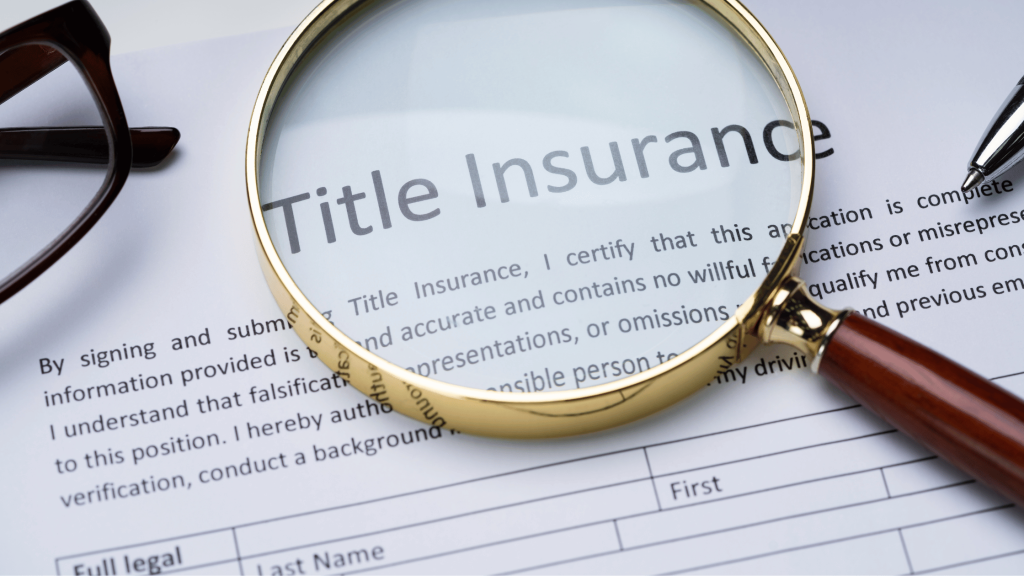Owning your own home is every Australian’s dream. Unfortunately, as you probably already know, it’s a very expensive dream.
Luckily, the Victorian government offers a number of tax exemptions for homeowners, including the principal place of residence exemption for land tax. Your principal place of residence (PPR) — that is, the place where you live the majority of the financial year — is exempt from tax. But what about Victorians who own more than one property, or have a more complicated land situation?
We get many questions from our clients about what this exemption means for their tax, whether or not they can have two or more properties qualify as a principal place of residence for tax purposes, and how they can minimise the amount of land tax they pay per tax year. Below, we’ve addressed some of the most common inquiries we get and created a beginner’s guide to the PPR exemption.
A bit about land tax
Land tax is the total taxable value of any land you own in Victoria, except for your principal place of residence. It is calculated on 31 December and is only payable if the amount is greater than $250,000 for individuals ($25,000 for trusts). Assets you may have to pay land tax includes any investment properties you have, a holiday house, rural properties (except for land used for primary production), and any vacant land.
If your residential property is all the land you own, great! That means there is no land tax for you to worry about. If, however, you also use that property for your business, the exemption only applies to the area exclusively used for residential purposes.
Land tax can be quite complicated, which is why it is always best to seek out expert advice if you are unsure.
How is land tax calculated for joint ownership?
If you own land with another party — a spouse or partner, for example — the process for calculating land tax is a little different. If all the jointly owned land you own is exempt or does not meet the $250,000/$25,000 threshold, you will not be assessed. If not, you will be required to undergo both an individual and collective assessment:
- First, you will be assessed together, as if you were a single person. This assessment will focus on all the land you jointly own. If you are assessed under this model, you receive a deduction for your individual assessment: you can either deduct your share of tax in the joint ownership assessment or the tax based on your share of the jointly owned land (whichever is the smaller of the two).
- You will then be assessed on all the land you own, including land you are the sole owner of and any other jointly owned land with other parties.
Can I claim a principal place of residence exemption?
Typically, when you buy a property, you’ll submit a Notice of Acquisition of an Interest in Land form to Land Use Victoria. This tells the government that you’re planning on using this property as your main residence and they will automatically apply this exemption for the relevant tax period.
However, there are a few other ways that you can qualify for the exemption:
- If you have been granted a life estate
- If you have been granted the right to live at the property by a will
- If you are a vested beneficiary under a fixed trust and live at the property
- If you are an eligible trustee
In these cases, you will have to contact the State Revenue Office to lodge an application for an exemption. Only a natural person — not a company or a trust — is eligible.
For the exemption to apply, the land must be used and occupied by the individual. If you do not use and occupy the land, you may be considered an absentee owner and will be required to pay a 2% surcharge. Not informing the government of your absentee status may result in some pretty hefty penalties.
What requirements must be met for a principal place of residence exemption?
In order to be exempt from land tax, you must live on the land for at least six continuous months in the previous financial year from 1 July. In certain cases — for example, if you have purchased or moved into a property after this date — the government may defer your payment for six months and reassess your eligibility.
The land must also have a legal residence that has been issued with a certificate of occupancy to ensure that the structure is fit for living in.
Partial exemption
A partial exemption applies in certain circumstances:
- If part of the land is used for business activities, you can only claim an exemption on the parts of the property that are solely used as a residence.
- If the land contains a separate residence (e.g., a granny flat, unit or house) that the owner leases, land tax can be assessed on the income. If the owner only receives nominal payments for board or a member of the family lives in the space and contributes towards utilities and other expenses, they may still qualify for the exemption. Otherwise, it will only apply to the land used solely as a residence for the owner/trustee.
- If only one vested beneficiary of the trust lives at the property, only that person will receive an exemption on their share.
Special circumstances
If you can no longer live in your principal place of residence due to circumstances outside of your control, you may still be exempt from land tax. This includes cases where:
- The owner is hospitalised
- The owner is moved to a residential care facility
- The owner lives with a carer who looks after their daily needs
- The home is no longer safe due to outside circumstances (bushfires, flooding, accidental or malicious damage, etc.) and the owner has no other land that could be used as a PPR
In most of these scenarios, you cannot rent the property or use it for income while receiving the exemption.
If you are temporarily living or working overseas, you may also be able to claim an exemption if you have previously obtained an exemption for the property or lived in the residence for at least six months (consecutive). When submitting your case, you must show that you intend to use the property as your primary residence upon your return and that no other land in Australia is nominated as your main residence. Additionally, you must show that you did not rent your property for a period of six months or more during your absence in the year before assessment.
What’s the difference between a principal place of residence exemption and a main residence exception?
Though similar, the requirements for the main residence exemption under capital gains tax (CGT) are different to those of the land tax exemption; thus, even if you qualify for one, you may not be eligible for the other.
Some of the criteria that the government looks for when determining whether you qualify for the main residence exemption includes:
- Whether you and your family live at the property
- Where you keep your personal belongings
- Whether the property is your mailing address and the address you use on the electoral roll
- Whether you’ve connected services such as gas and power to the property
Can more than one property have an exemption from land tax?
In certain circumstances, you may be able to claim a dual principal place of residence exemption. These are outlined below. Otherwise, only one of your properties may be nominated as your main residence.
Purchasing a new principal place of residence
This is used to facilitate the transition from an old place of residence to a new property. If an individual/trustee purchases a property that they intend to use as their new residence but have not moved out of their old house before 31 December of the previous assessment year, they can apply for a dual PPR exemption.
That being said, there are some conditions. The individual may not rent out the property or obtain any income from it during this period. Additionally, they must move into the new property within a year of purchasing it and must use it as their main residence for at least six months.
Selling your old principal place of residence
Similar to purchasing a new property, this dual exemption is intended to facilitate the transition between one residence to another. If the owner or trustee has moved into a new residence but cannot sell the old property before 31 December of the previous assessment year, they may claim an exemption on both properties.
As with the previous case, individuals cannot use the second property to bring in an income. The sale of the old property must occur by the end of the tax year; otherwise, the exemption may become void.
The building is located on the boundary of two properties
If your house or structure occupies two properties — that is, the residence is located on both of the lots in question — you may apply for a dual exemption.
Adjoining properties
Contiguous land owned by the same individuals/trustees may be exempt if:
- The properties adjoin or are separated by a road, railway, or other easily navigated boundaries
- The second property does not host a separate residence (i.e., a house or building that is capable of occupation)
- The second property augments the principal place of residence
- The second property is used only for the benefit of the owner/beneficiary
For example, contiguous land may not have a granny flat or separate house but may have features such as a swimming pool, garage, shed, or tennis court.
It is more difficult to qualify for an exemption under these circumstances if you live in metropolitan Victoria; typically, you are only eligible if you live in an apartment or rental unit and have a car park or storage space under a different title. In regional Victoria, however, you will be able to claim a dual exemption on any contiguous land you own.
Need more information on the dual PPR land tax exemption ? Our expert property lawyers will be happy to assist.
This update does not constitute legal advice and should not be relied upon as such. It is intended only to provide a summary and general overview on matters of interest and it is not intended to be comprehensive. You should seek legal or other professional advice before acting or relying on any of the content.
Last updated: 15 June 2021 Article by: Halil Gokler Edited by: Randa Balbissi



